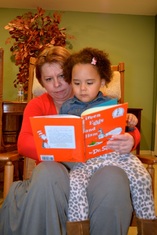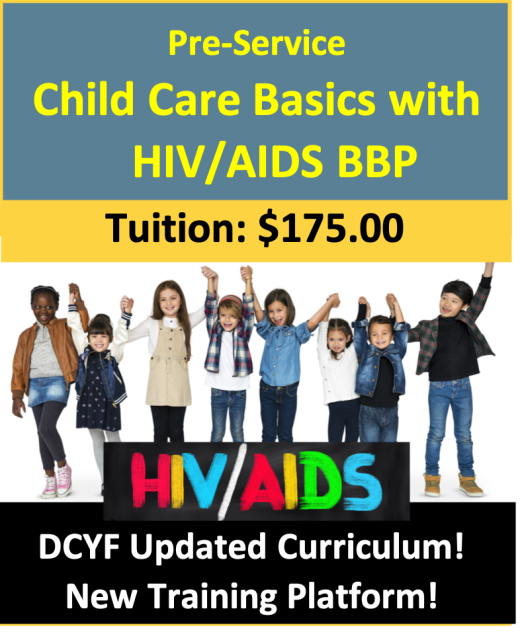From Our Educators
Debra Hasbrook, M.Ed. |
Stress is a normal and common event in our lives. There are three stress responses: Positive-Tolerable-Toxic stress. Stressors that are temporary and of low intensity are rarely harmful and can often be useful in performing certain tasks such as in sports. Toxic stress and its continual bombardment however can be harmful to the point of being life threatening.
Toxic stress can have lifelong consequences. This type of stress influences brain structure, social, emotional, physical health, development and executive function. With this in mind we need to focus on making our classrooms and social interactions within the classroom as calm and supportive as possible. The Center on the Developing Child at Harvard University explains the three stress responses below. “Positive stress response is a normal and essential part of healthy development, characterized by brief increases in heart rate and mild elevations in hormone levels. Some situations that might trigger a positive stress response are the first day with a new caregiver or receiving an injected immunization. Tolerable stress response activates the body’s alert systems to a greater degree as a result of more severe, longer-lasting difficulties, such as the loss of a loved one, a natural disaster, or a frightening injury. If the activation is time-limited and buffered by relationships with adults who help the child adapt, the brain and other organs recover from what might otherwise be damaging effects. Toxic stress response can occur when a child experiences strong, frequent, and/or prolonged adversity—such as physical or emotional abuse, chronic neglect, caregiver substance abuse or mental illness, exposure to violence, and/or the accumulated burdens of family economic hardship—without adequate adult support. This kind of prolonged activation of the stress response systems can disrupt the development of brain architecture and other organ systems, and increase the risk for stress-related disease and cognitive impairment, well into the adult years. “ Resources:
|









